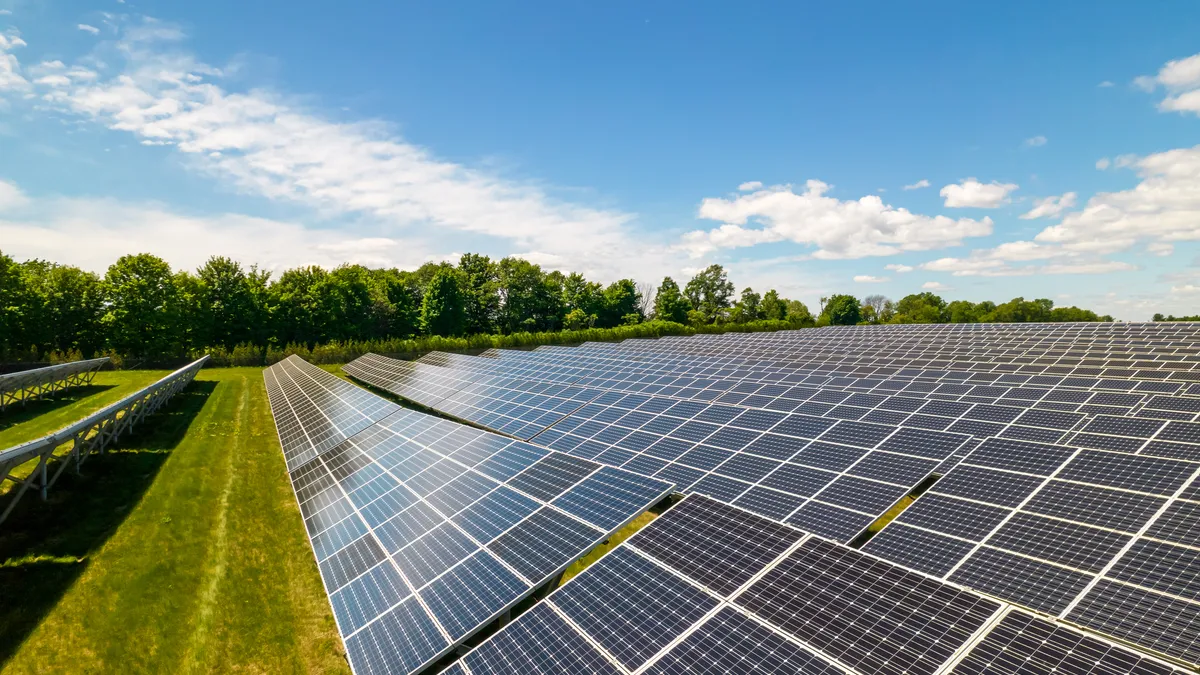The Energy Information Administration expects power plant developers and owners will add 62.8 GW this year in the United States, up 55% from 2023 when 40.4 GW came online, the agency said Monday.
Developers and power plant owners brought 20.2 GW online in the first six months this year, adding 3.6 GW, or 21%, more than in the same period last year, the EIA said. The agency expects another 42.6 GW will be added in the second half this year.
About 12 GW of utility-scale solar came online in the first half, accounting for 59% of all new capacity, according to the EIA. Texas and Florida made up 38% of U.S. solar additions, the agency said.
In the first half, developers and utilities installed 4.2 GW of battery storage — almost all in California, Texas, Arizona and Nevada — 2.5 GW of wind and 1.1 GW of nuclear generation, according to the EIA.
Looking at the second half, U.S. developers plan to add 25 GW of solar, 10.8 GW of battery storage and 4.6 GW of wind, the EIA said. If those amounts are brought online, 2024 would set records for the most solar and battery storage additions in a single year, according to the agency.
Power plant retirements slowed to 5.1 GW, down from 9.2 GW of shutdowns in the first six months last year, the EIA said. About 53% of the retired capacity was gas-fired generation and 41% was coal-fired, according to the agency.
About 2.4 GW is scheduled to retire in the second half this year, including 700 MW of coal- and 1.1 GW of gas-fired capacity, the EIA said.
The U.S. has nearly 1,300 GW of generating capacity, including about 560 GW of gas-fired generation, 200 GW of coal, 150 GW of wind, 115 GW of solar, 105 GW of nuclear and 100 GW of hydropower, according to the Federal Energy Regulatory Commission’s most recent energy infrastructure report.














